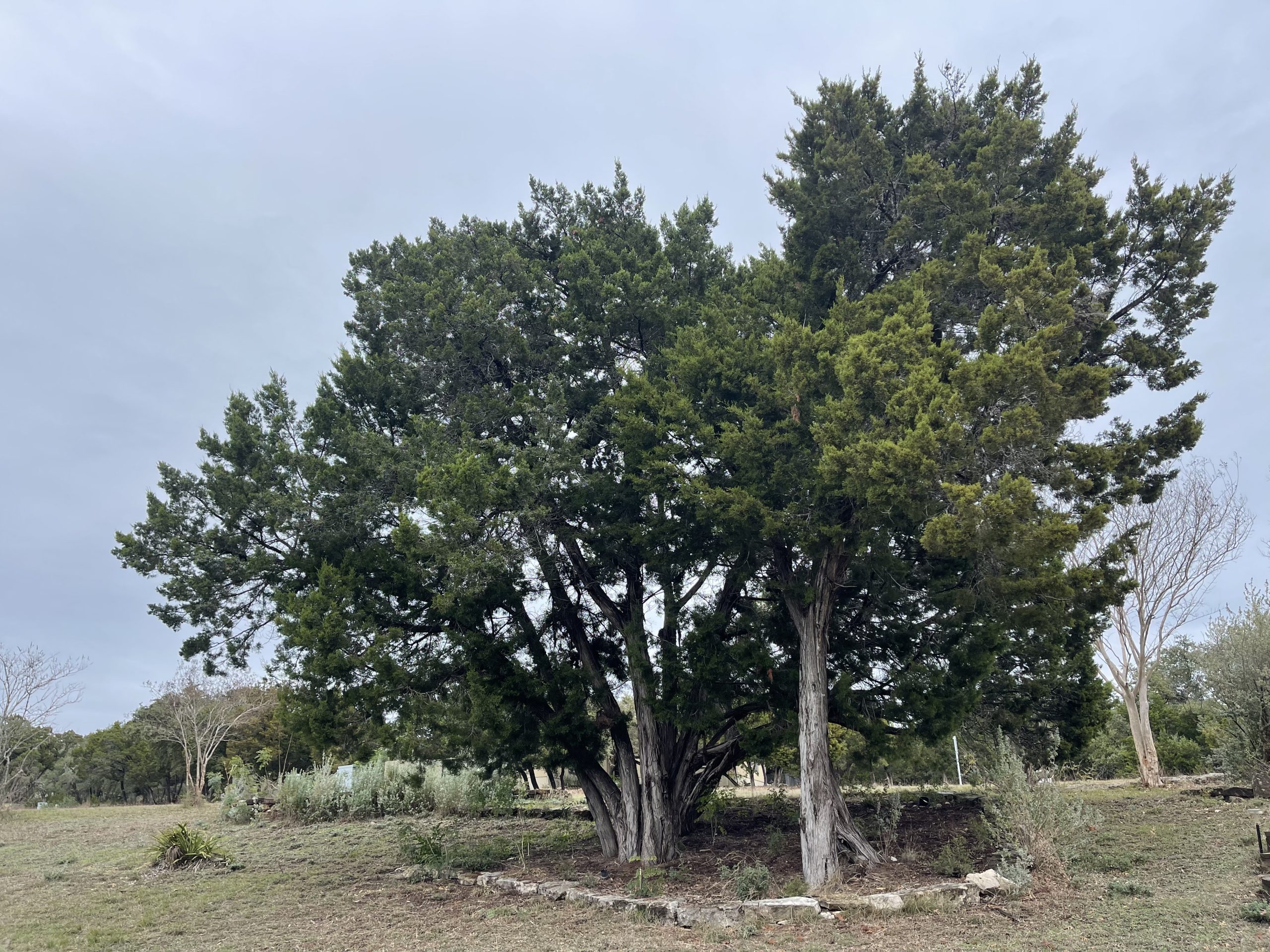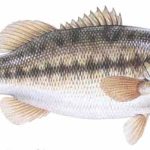Are you suffering from fatigue, sore throat, runny nose, partial loss of smell and running a fever less than 101.5 degrees Fahrenheit?
You might have cedar fever, Texas A&M Forest Service said in a press release Monday. It’s an allergic reaction to the pollen released by mountain cedar trees starting in mid-December.
People new to the Central Texas region or unfamiliar with cedar fever as a whole may not know the pollination period of mountain cedar trees arrives right in the middle of cold and flu season.
Ashe junipers, the kind of cedar tree most-common in the Canyon Lake area, typically begin producing pollen in mid-December, often triggered by colder weather or the passage of a cold front. Pollen production reaches its peak in mid-January before slowly tapering off toward the beginning of March.
“During cold fronts, it gets very dry and windy and the pressure changes very rapidly,” said Jonathan Motsinger, department head for the Forest Service’s Central Texas Operations. “This triggers the opening of pollen cones and the release of the pollen grains. When the conditions are right, you can actually see the pollen blowing off of some trees.”
Cedar fever is especially irritating in the Hill Country west of I-35 where juniper trees mix with oaks and other species.
Although cedar fever can be treated with allergy medications and antihistamines, an ounce of prevention might be worth a pound of cure.
The Forest Service suggests checking for allergy reports on the local news and avoid going outside on pollen-heavy days. On those days keep windows and doors closed. Change air filters in cars and homes as new filters are better at removing particles like pollen from the air.
Do not, however, cut down ashe junipers.
Because the pollen is airborne it can blow for miles. Also, “male” trees release pollen, not “female” trees, which have smaller reproductive cones.
For more information about how to identify Ashe junipers and/or eastern redcedars in your own backyard, check out the Texas A&M Forest Service’s Texas Tree ID webpage or the My Tree ID mobile app. You can also see the distribution of junipers, as well as a variety of other tree species across the state, via our Forest Distribution App.




